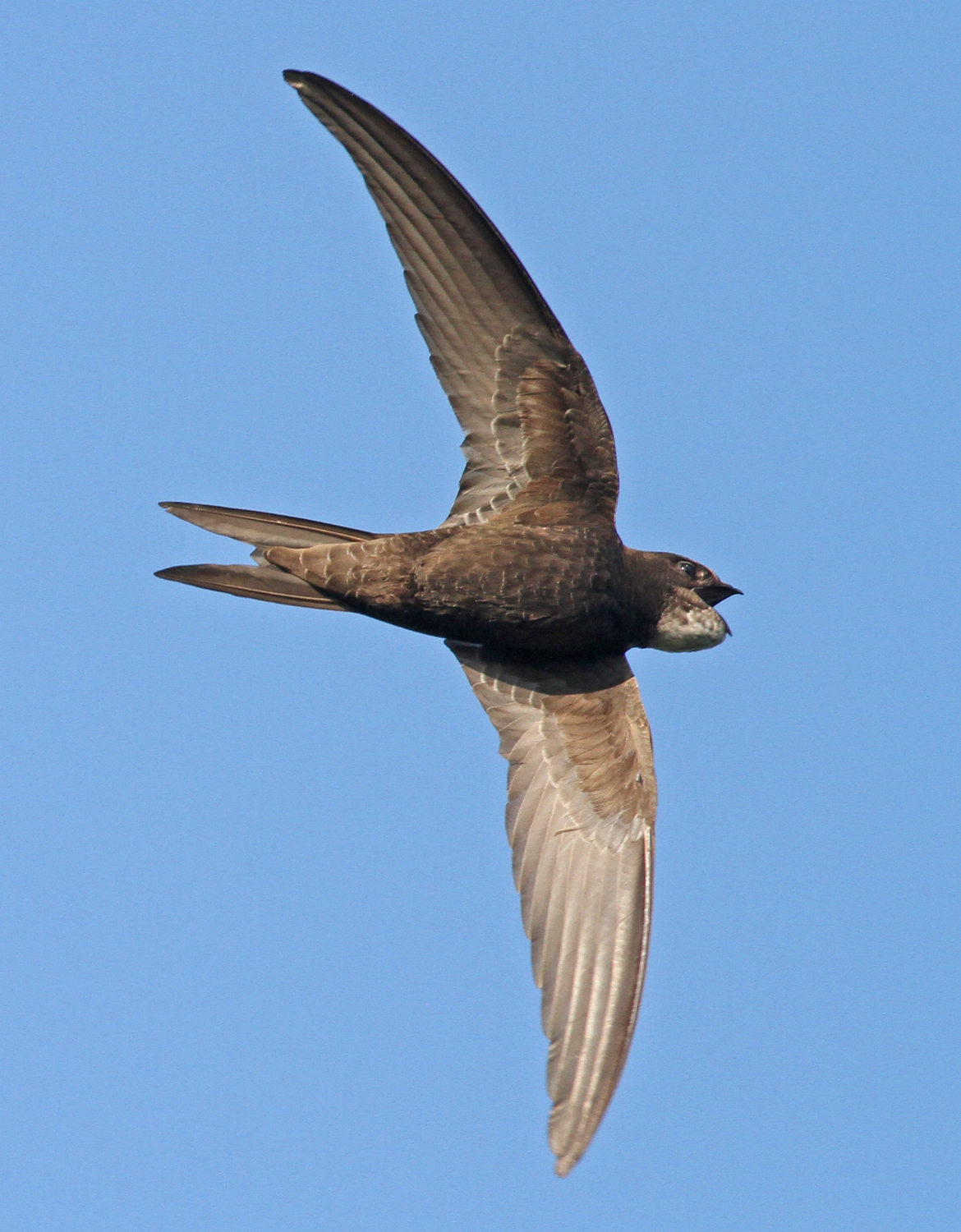Help reverse the decline as swifts return to Britain
Common Swifts are now returning to British skies from Africa, and the RSPB has asked the public to provide nest sites for them to stop their decline.
Every spring close to 90,000 pairs of Common Swift return to Britain to breed after completing a gruelling 6,000-mile flight from Africa to nest and raise their young, before returning in August. Over the course of their mammoth journey they never touch the ground, eating, sleeping and mating while in mid-air at heights of up to 3,000 m.
The expected influx of Swifts is linked to the shift in average wind direction, with a more southerly aspect to the stiff breezes in the past few days. This shift alters the direction that insects fly in, and as the species feeds on them during mid-flight, they follow their food towards Britain.

Common Swift (Photo: Mandy West)
RSPB Swift Project Officer Rebecca Pitman said: "Across the country, there are lucky households that are fortunate enough to witness one of nature's most spectacular aerobatic shows. During the lighter evenings, people will be able to watch the dramatic aerial displays of Swifts as they swoop down between houses and old buildings. As numbers start to swell, these displays will become more obvious in urban areas."
Common Swift's dazzling aerial displays and its distinctive screaming call is mostly seen and heard in late summer when fledglings join in. The displays have become a quintessential part of summer and are many people's indication that warmer months are just around the corner.
However, since 1995 the British Swift population has declined by 38 per cent and the species has been placed on the list of Birds of Conservation Concern as Amber, meaning it is in need of our help after its decline, which is possibly due to a number of factors, including lack of insect food, the changing climate and a reduction in the number of suitable nest sites.
Rebecca added: "If you're going to have company for the whole of the summer, you couldn't get better house guests than Swifts, who are facing a real accommodation crisis. Swifts are only in the country for a short time and [make virtually] no mess where they nest, so they are the ideal tenants to have nesting in your roof. Plus, their fascinating aerobatic displays will keep your family and friends on the edge of their seats throughout summer."
Once Swifts arrive back in the UK they immediately look for somewhere to nest, particularly in the rooftops of houses or old buildings. Amazingly, they often use the same sites year after year, making some colonies centuries old. Sadly, many older houses have been renovated or knocked down, so it's essential that we all do what we can to help them find a nest site.
The charity recommends three simple steps to help Common Swifts:
- Give them a home: by putting up a special swift nest box or having a 'Swift brick' installed will help tackle the species' housing crisis; the best time to do this is between September to February, when Swifts are at their wintering grounds in Africa
- Keep your eyes peeled: when you see a Swift tell the RSPB's Swift survey, which provides essential data on nest locations to help conservationists and developers help protect endangered colonies; use the web page at www.rspb.org.uk/swiftsurvey
- Keep Swifts in mind: avoid disturbing existing nests and working on all walls or roofs with Swifts present during the May to August season.

